Unless you’ve been living under a rock, you’ve probably heard the story of Aussie motorcycle company Savic. That’s the one that goes ‘a young bloke named Dennis Savic has a dream to build an electric motorcycle, but unlike many dreamers, Dennis actually gets off his bum and does it’. His journey and the journey of his enthusiastic and determined team are both fascinating and inspirational in equal measure. But it’s a story that’s been told before so I won’t go into those details. If you haven’t already heard the tale you can read it here.
But what’s never appeared in these hallowed pages is a ride review of the only Australian-made motorcycle currently in production. I recently rode a road-registered Savic C-Series Alpha – yep, the Savic electric bike has finally met ADR compliance and the first production machines are due to be delivered to their owners very soon.
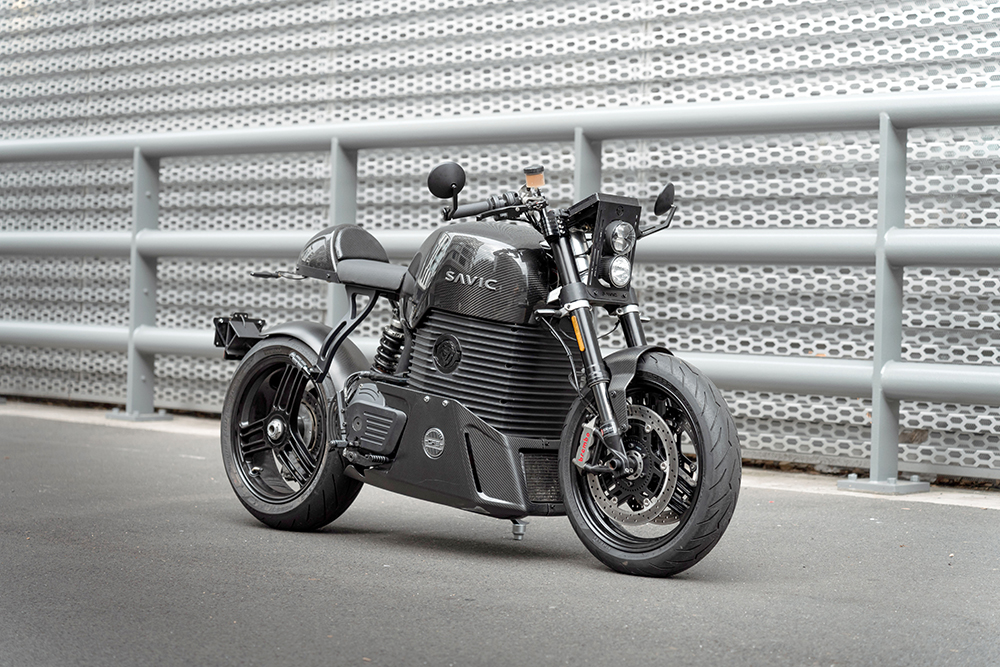
I had the opportunity to ride the C-Series Alpha along a snippet of the Old Pacific Highway north of Sydney and, while it is fully complied, the unit I’m riding is a pre-production model which means it’s still a little rough around the edges and not kitted out with all production parts. Some of the features weren’t working either, such as traction control and switchable ride modes.
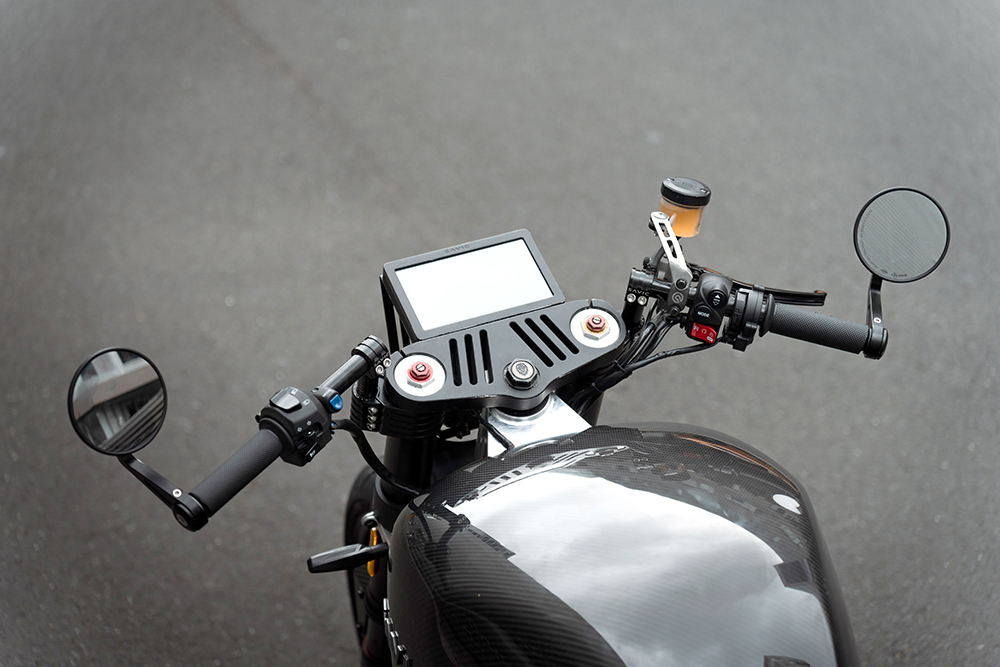
The Alpha is the top offering from Savic at this point and the electric-powered machine will set you back $26,990 in stock trim – substantially less than the Energicas I tested a couple of months back. If you want your Alpha in a similar trim to the carbon-fibre festooned version I rode with a Wilber USD fork and YSS rear shock, that’ll set you back $33,490 (ride away). There’s also the more affordable Delta, which is the same motorcycle except the Delta has a smaller-capacity 14.2kWh battery compared to the Alpha’s 16.2kWh unit, it produces less power, less torque and has less range. But the trade off is a pretty handsome price with would-be owners set to ride away on one from $19,990 in standard trim.
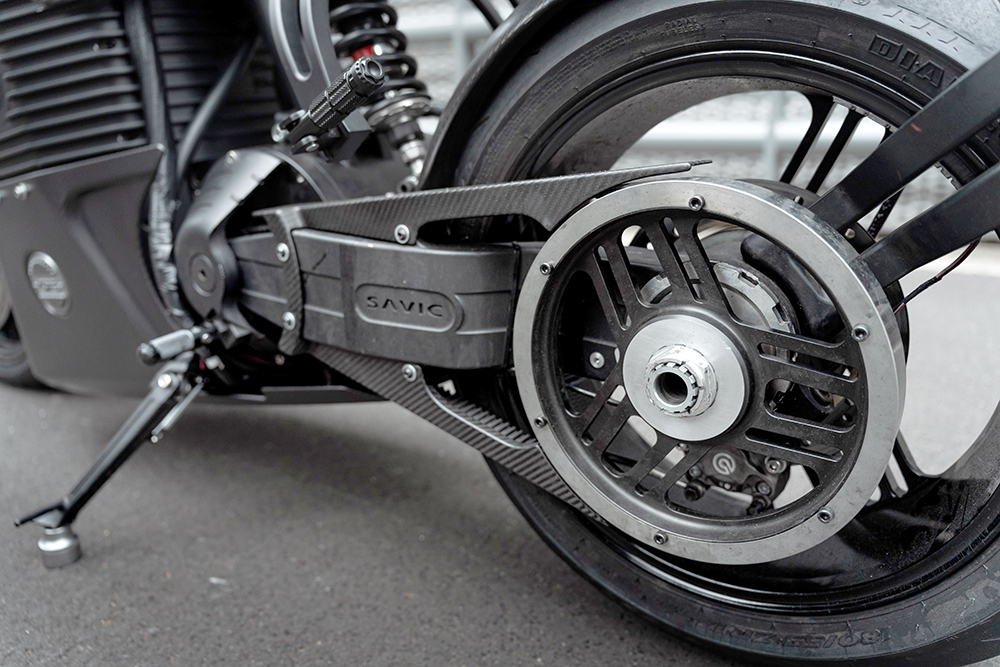
Apart from the polarising design which I personally think looks very cool, the first thing that struck me was the width of what would normally be the tank on a conventional motorcycle. The large carbon-fibre hood covers the top of the huge 16.2kWh battery and, although wide, it’s well shaped meaning once I was rolling, the size didn’t make itself obvious.
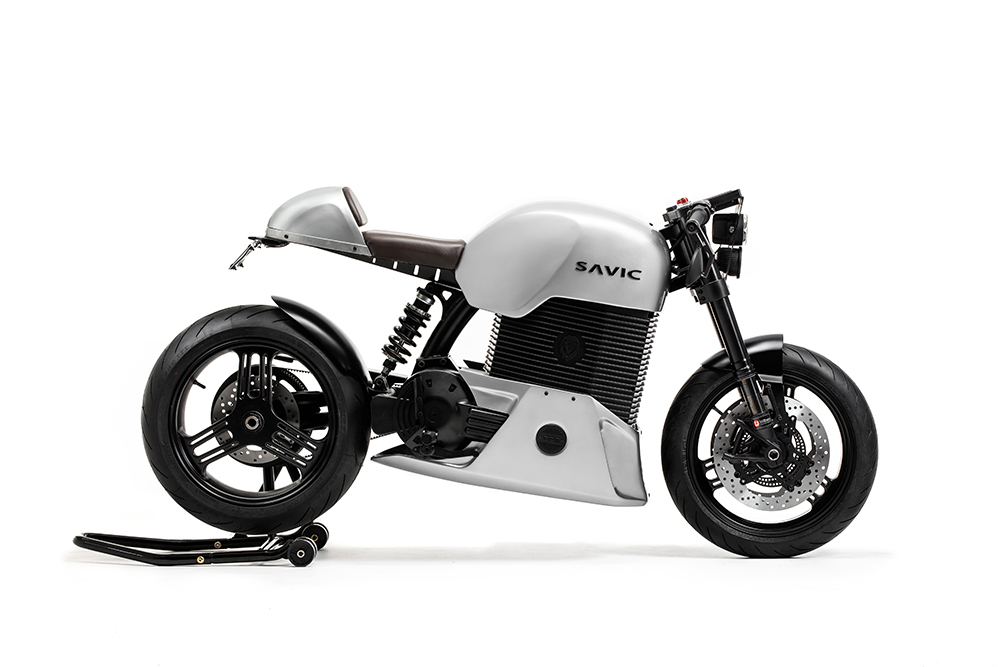
As it sits, the pre-production model I’m riding weighs in at 300kg, with the production version set to weigh a claimed 280kg – still a very large chunk of motorcycle. Like the size of the ‘tank’, the sense of how heavy it is dissolves away when you’re cruising, but does come back to haunt the Alpha under brakes. So when you reach corner-rich areas, you can only hide your weight for so long – and I should know!
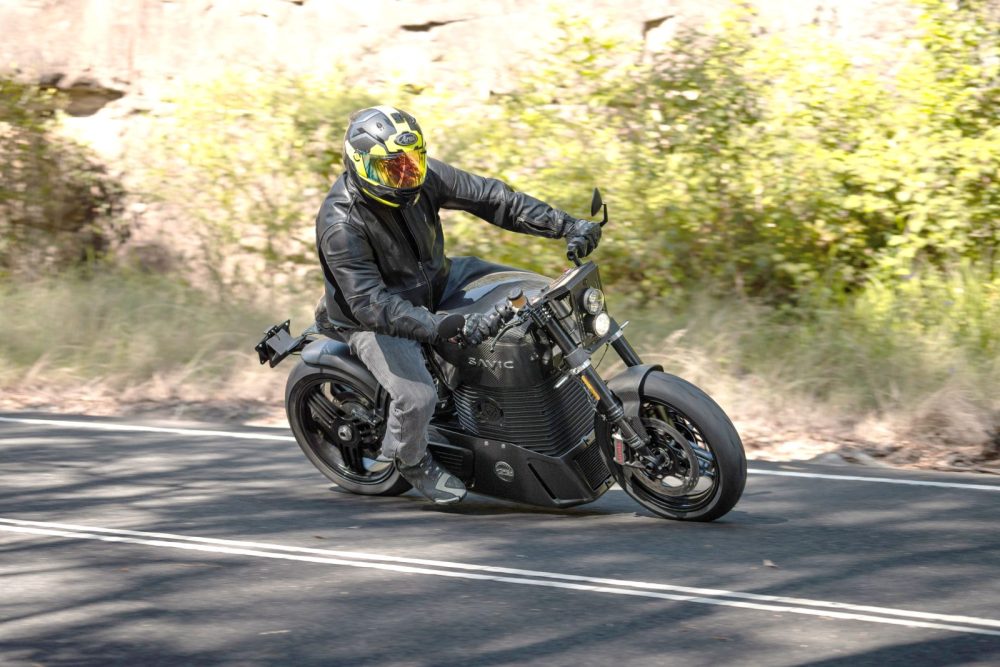
Still, it’s a testament to the genius of the cast-alloy backbone frame designed in-house that the Alpha is still quite agile for a machine this size. The frame uses the huge, finned drivetrain box as a stressed member, giving the Alpha a sporty feel compared to more touring-orientated bikes of this weight.
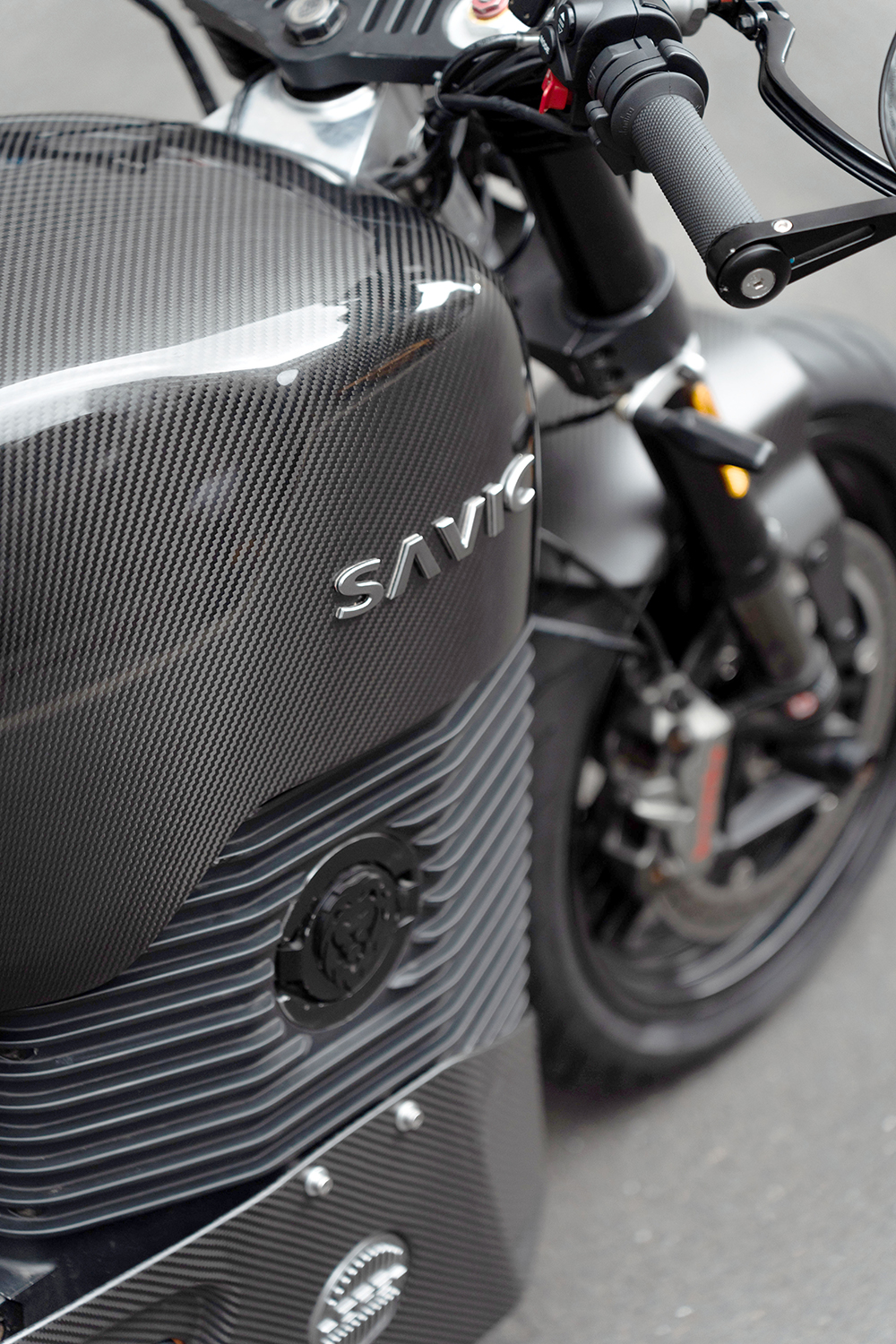
My favourite aspect of electric motorcycles by far is their hair-raising levels of acceleration thanks to the monster levels of torque delivered unabated until your licence cries for mercy. The Alpha has a claimed 60kW (80hp) and 200Nm of torque, but it lacks the insane acceleration of bikes like the Energicas or even the Livewire. The pre-production model is waiting on some inverter upgrades so is down on power compared to the finished bike. As a result, no power or torque figures were supplied but where the website claims a 0-100km/h time of 3.5 seconds, the 0-100 in the guise I rode is a claimed 5.5 seconds. The lack of arm-stretching performance isn’t necessarily a bad thing in this case, as there’s no traction control on the pre-proddy bike, and that 180-section rear tyre would light up under hard and full acceleration.
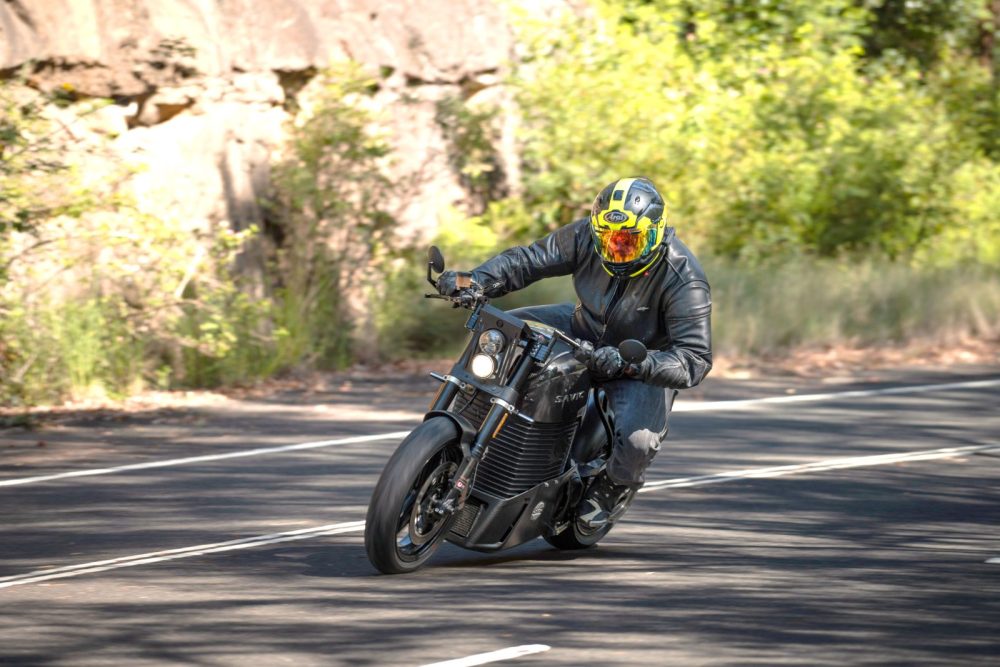
The fact that it takes a bit of muscle to throw the Alpha around is also a blessing in disguise at this point. The Wilber USD fork was struggling to deal with the combined weight of the Alpha and my generous proportions and caused excessive dive when the front Brembo monobloc calipers were applied. Through corners the carbon lower cowl that covers the bike’s electricals hit the deck without too much persuasion, which almost caused me to go in search of new underpants when it first dug into the tarmac. I reckon this is mainly caused by a suspension package that is just not up to the job of lugging such a large motorcycle around; it’s just too soft. Savic realises this and is on to it, just not in time for my ride.
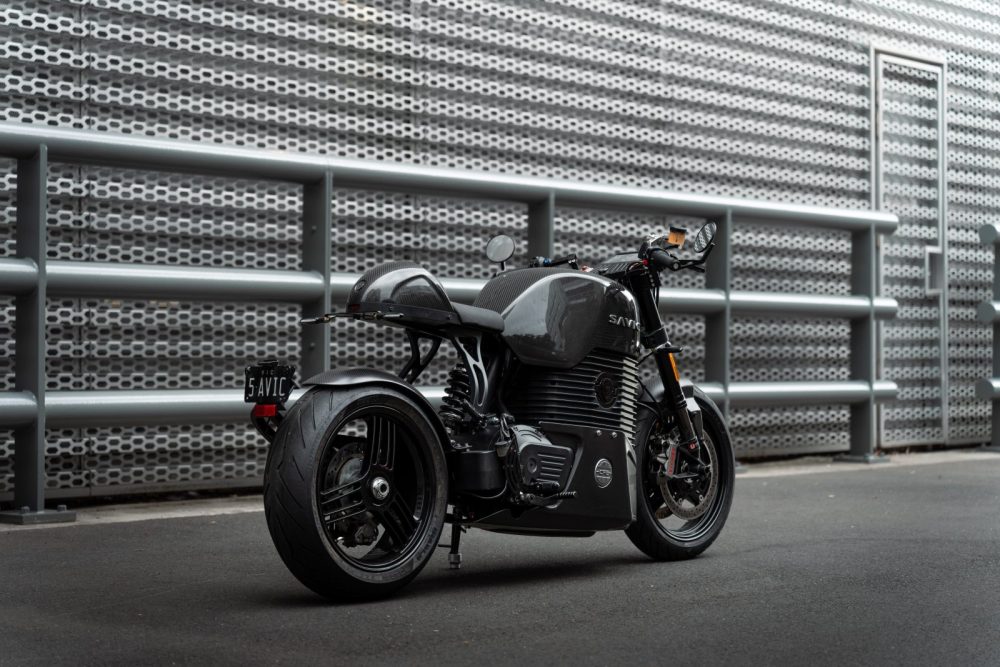
“We have a cafe racer whose weight is up there against other bikes,” Savic told me. “But our production volumes aren’t high enough for the bigger brands to give us reasonable pricing, so we would be basically paying retail prices.
“So going with a different supplier and having our own brand of suspension actually worked out better for the performance of the bike, and cheaper for the business.”
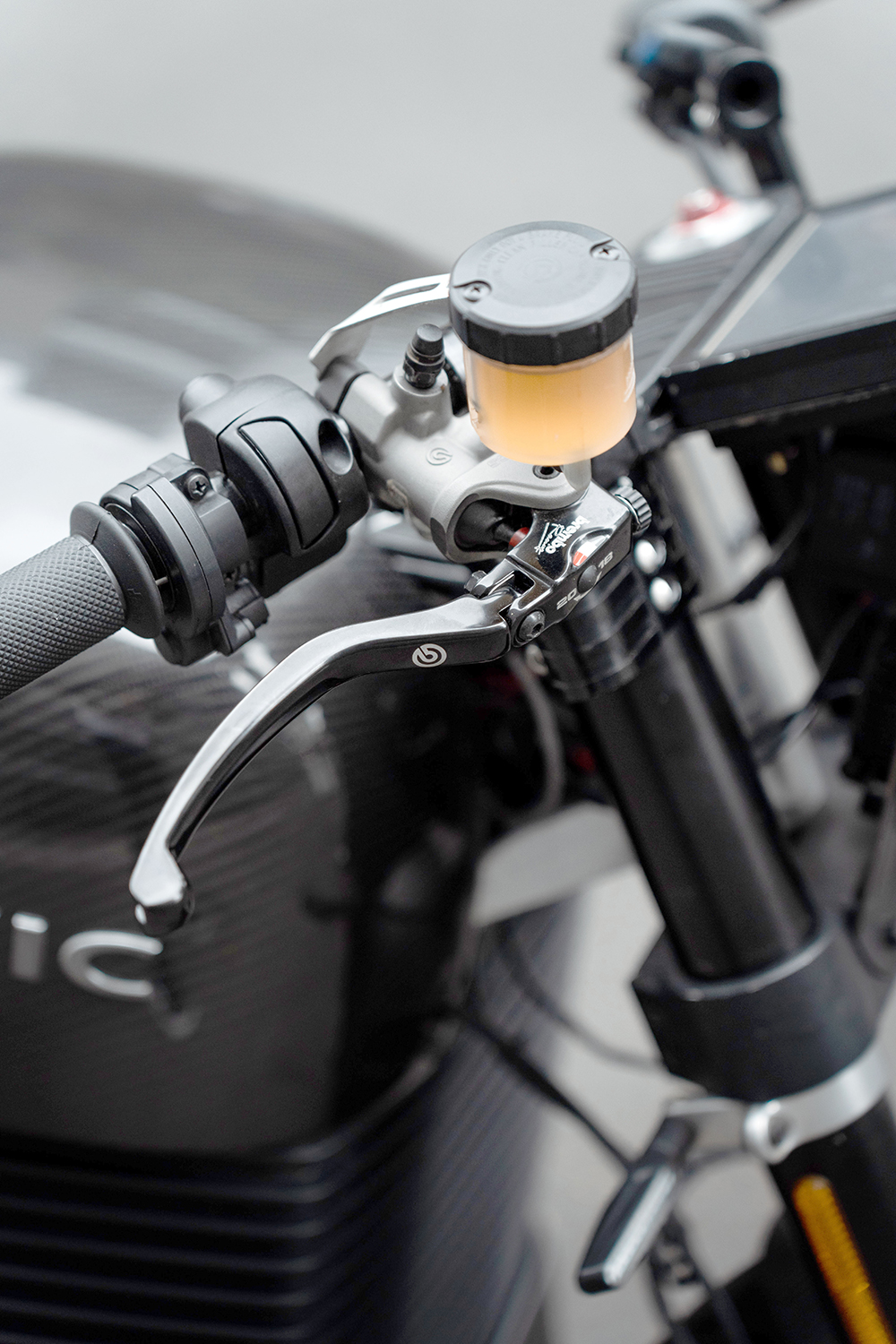
The new Savic-branded suspension is said to offer greater travel and be tuned to suit the unique nature of the C-Series, and this should reduce the ground-clearance issue on the production models. And fingers crossed it does, because with the abundance of complex electrical do-hickeys under the lower cowl Dennis tells me there’s limited scope to reduce the size or alter the shape – and replacing carbon-fibre bits sounds expensive.
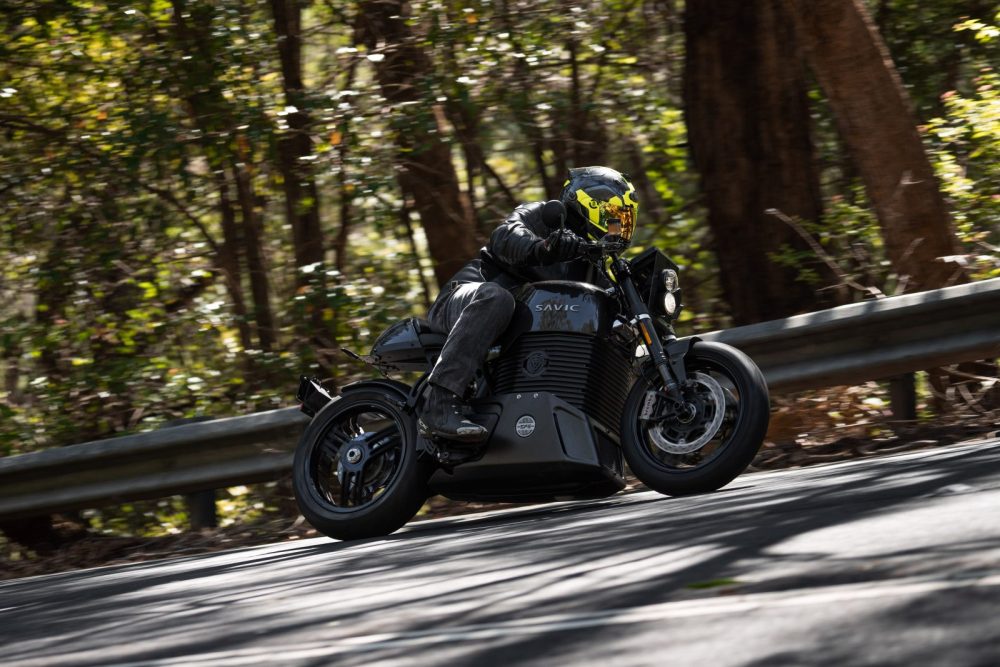
Apart from a wealth of exposed electrical tape, there are a few other areas that separate the pre-production model I rode with the upcoming production versions.
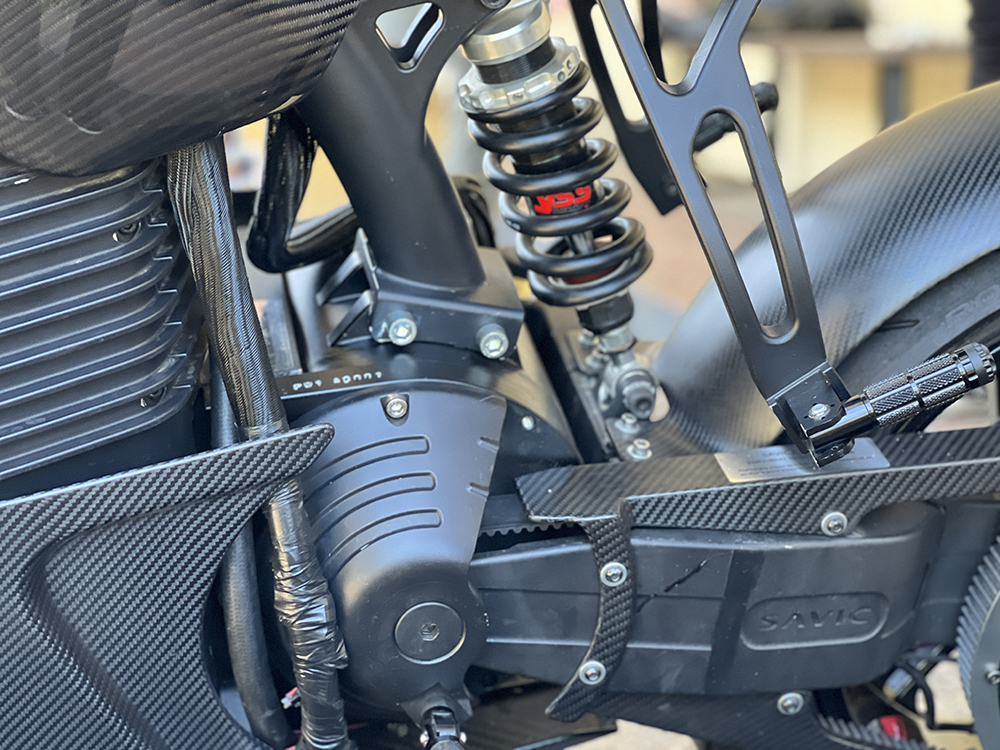
The touchscreen dash has been designed to sit flush with the top triple clamp. This may be aesthetically pleasing, but it leaves the dash at an angle that’s difficult, if not impossible, to see – especially if you’re short.
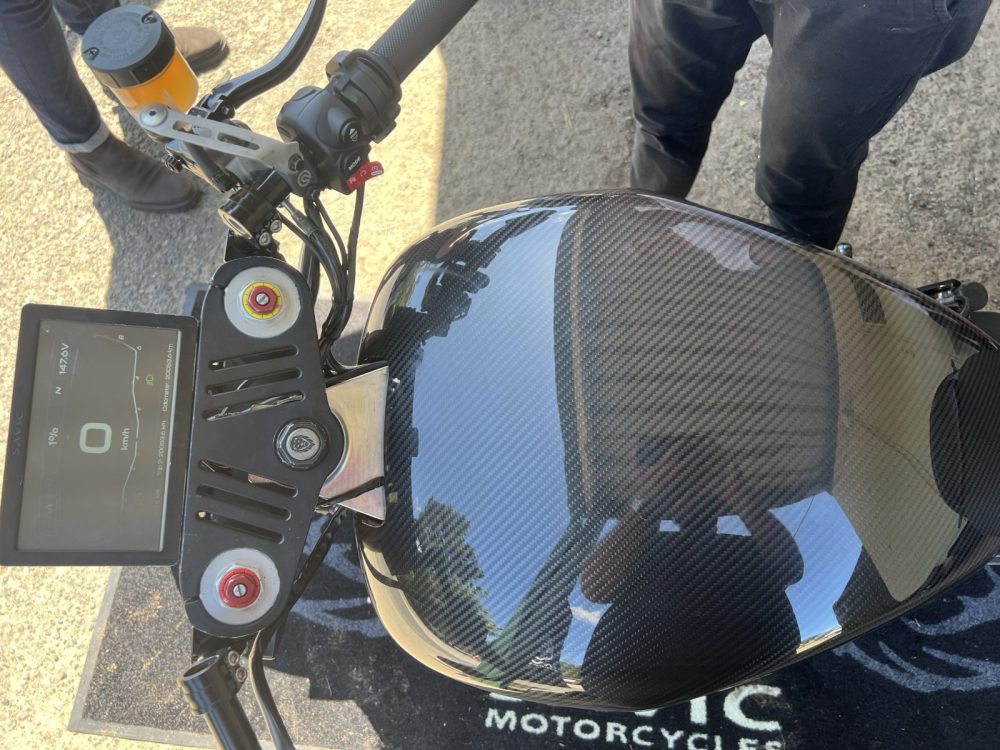
But the production versions will have a different dash that’s both brighter and finished with an anti-glare coating that Savic is hoping will compensate for positioning.
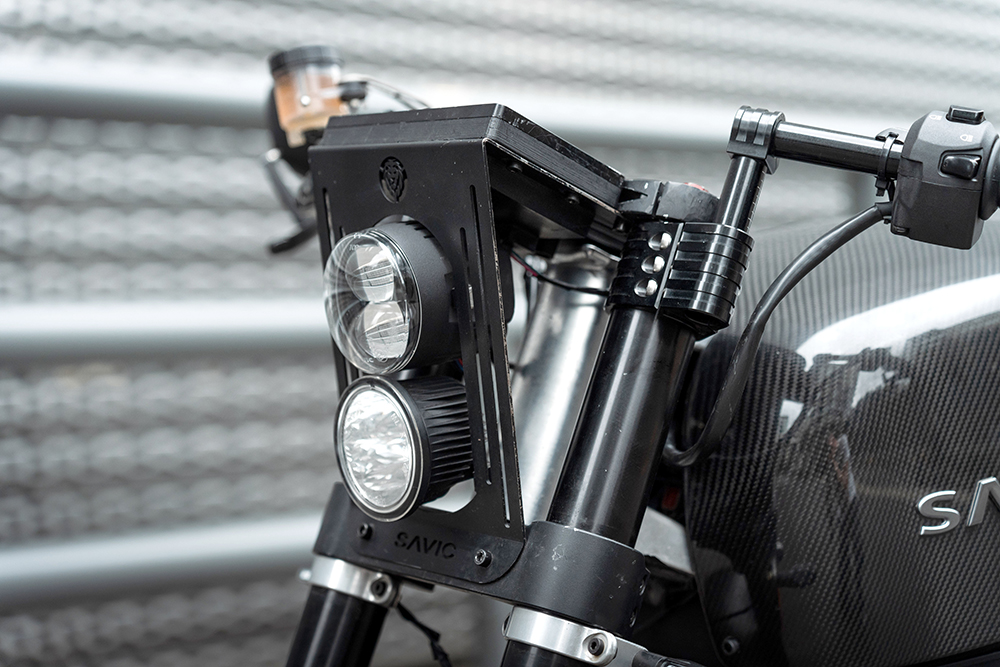
While the first crop of production bikes will have ABS, they won’t boast traction control. The TC was originally going to be a Bosch-developed system, but with the Savic team made up of various big brains the development has been brought in-house as a way to save costs.
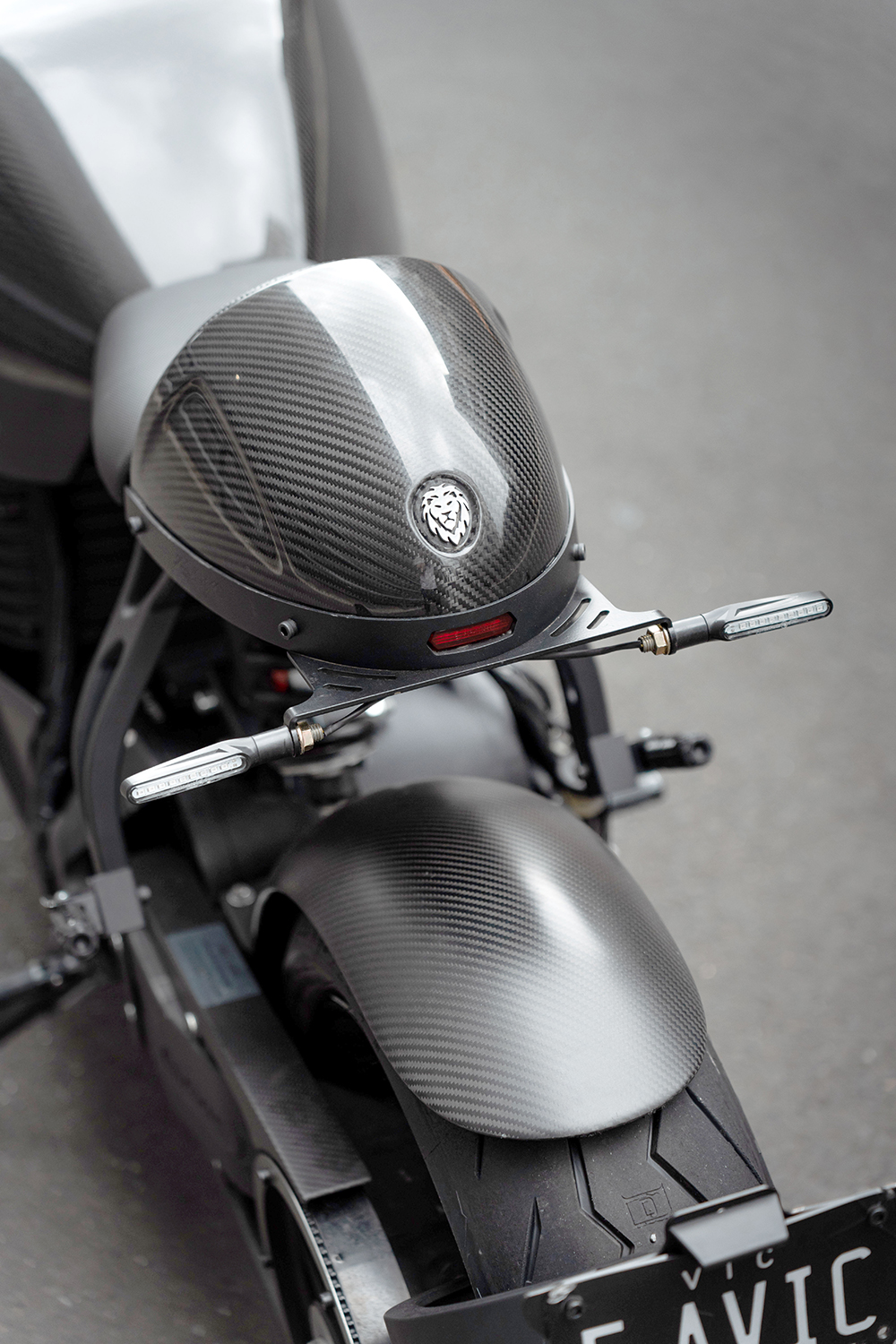
“We decided not to do it with Bosch because it’s something we can do ourselves and Bosch’s development time and cost to add that to an ABS unit was quite tremendous,” Savic explains. “We have access to all of the wheel- speed sensor data through the CANBUS network anyway, and we manage our own vehicle controllers, so traction control is something that we can do ourselves. We are currently working on that and plan on bringing that out as an over-the-air update in time.”
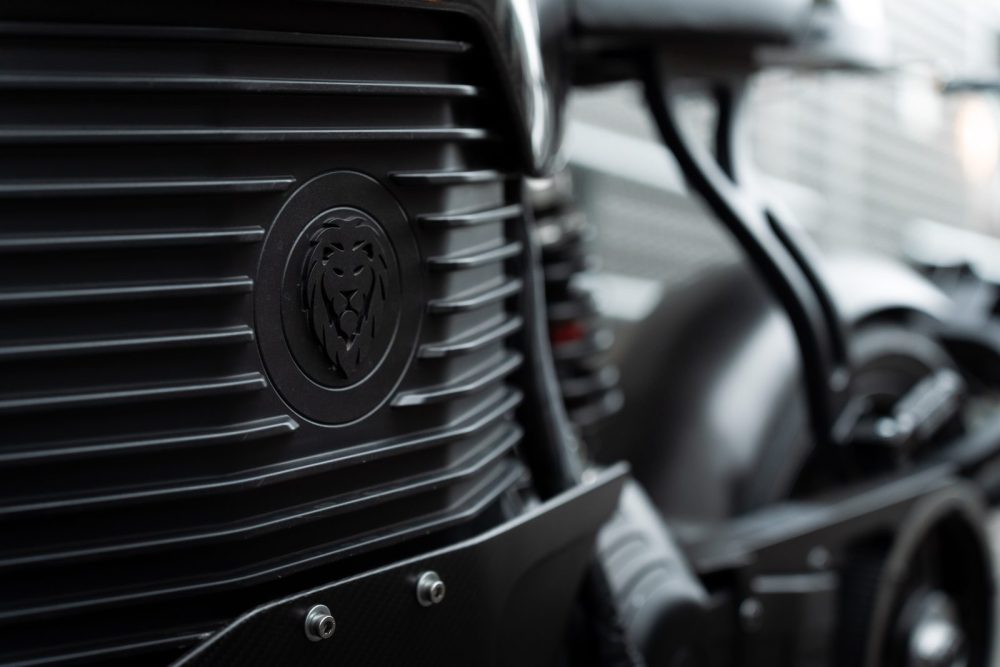
With around $4 million ploughed into the project so far, people rightly want to know when they’re going to see Savic motorcycles fanging quietly around the roads of Australia. There’s plenty of tongue-wagging doubting whether production Savics will ever make it onto the road and, to be honest, a few promised timeframes have come and gone. Dennis?
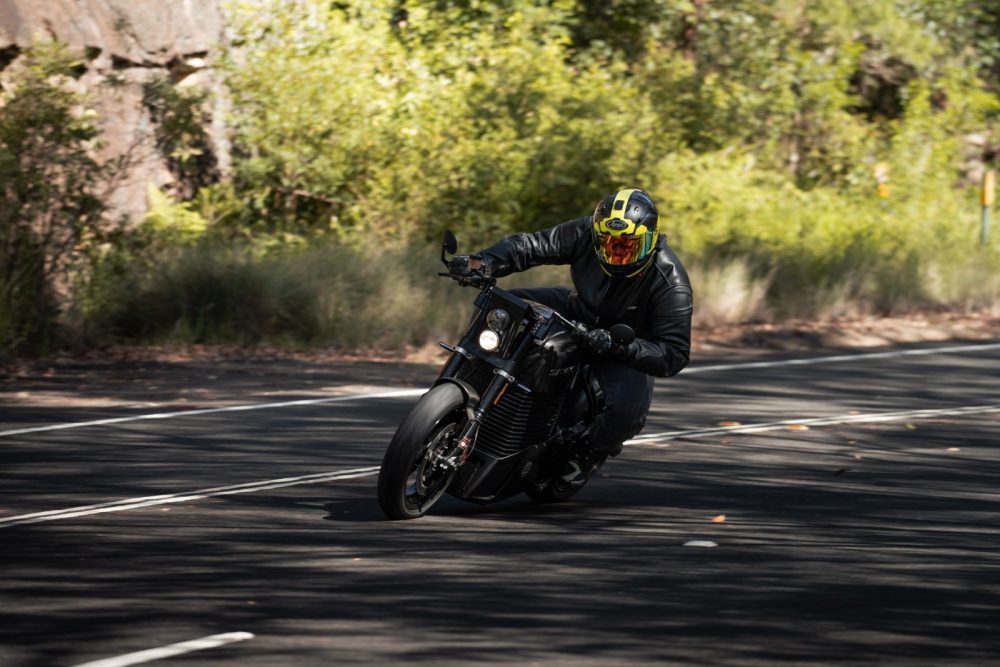
“Covid definitely contributed because our suppliers were impacted, and we couldn’t get parts to test,” Dennis said. “Covid also quite heavily impacted the financial markets and investment market, so raising money at that time took a little bit longer, too. We’ve got our first customer delivery scheduled for April 2023. And we’re aiming to build between 70 and 100 units by the end of the year”.
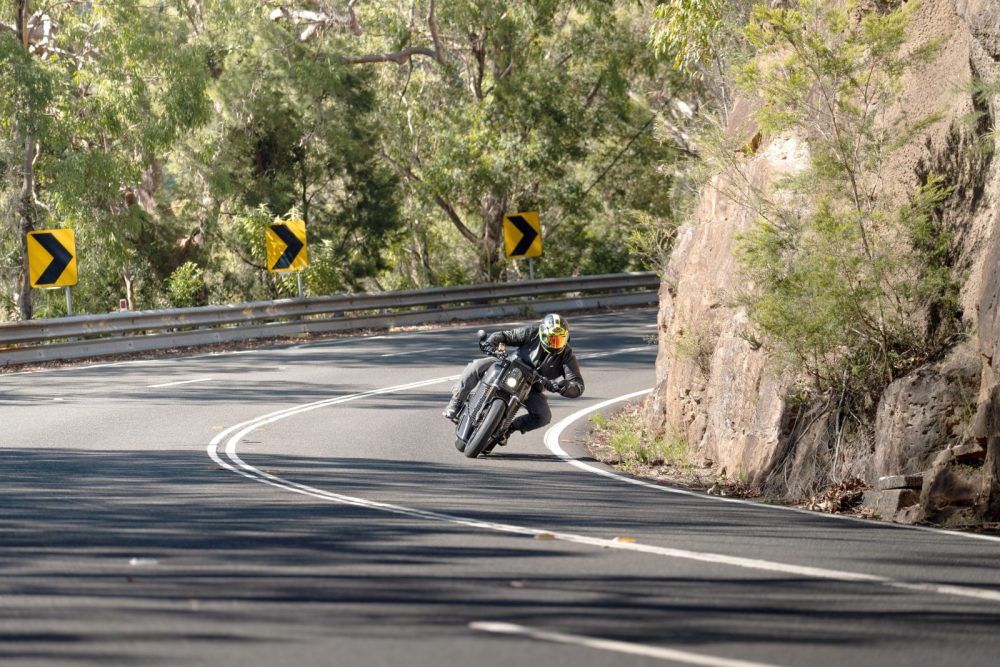
So, production is underway and Dennis and his team are canvassing investors globally with hopes of raising a further $10 million to pay for the inventory required to keep production moving, and hopefully see them through to a point where the company is selling enough units to be profitable.
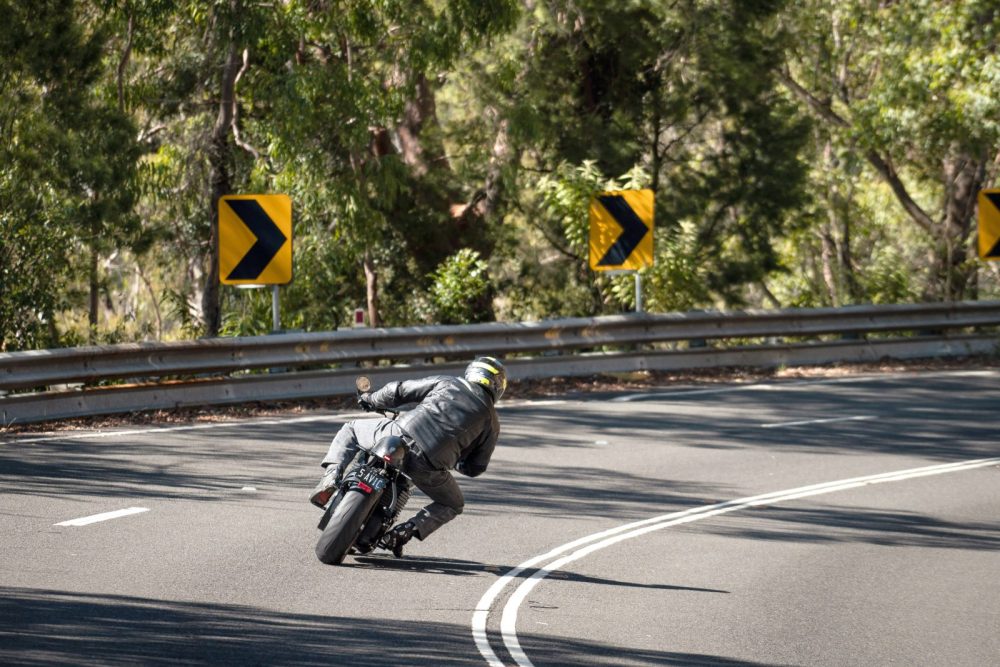
The story of Savic Motorcycles is an epic one that I encourage you to look into and, after meeting Dennis, I can see why the company and its C-Series bikes have come as far as they have on what is an absolute shoe-string budget. He’s an inspirational can-do guy, and importantly, a likeable one who isn’t afraid to have a go.
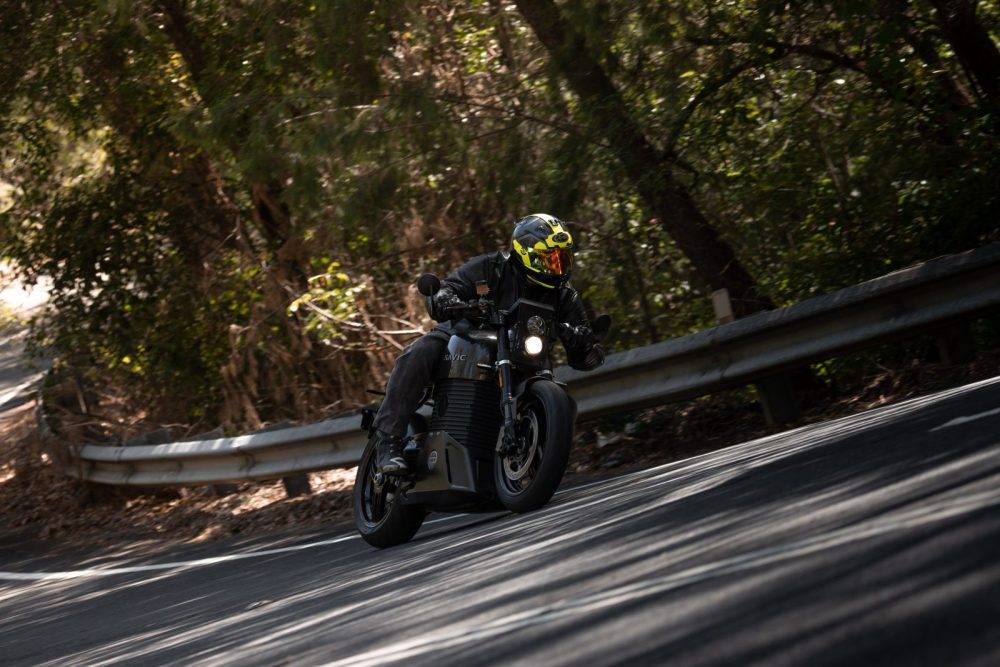
But I do wonder if all the blood, sweat, tears, and endless enthusiasm for a long-held dream is enough. Apart from its unique look, what does Savic offer that other electric motorcycle manufacturers don’t? When it comes to performance and tech, well, nothing really. The production model, if it does what it says it will do on the carton, will be on par with most. But here’s why I reckon it will work: firstly, the C-Series is a hell of a lot cheaper than comparable bikes – no mean feat for a small-volume Aussie start-up. Secondly, Dennis and the crew are incredibly savvy and enthusiastic and, thirdly, there’s a bunch of well-heeled people who believe that both Australian manufacturing and the environment might just be worth saving.
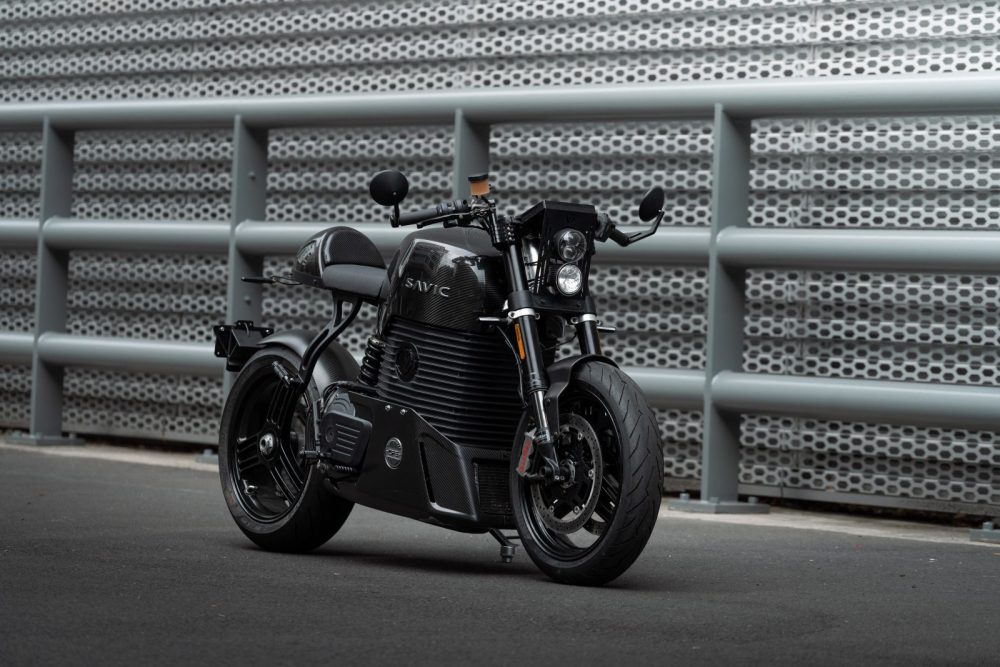
Test PETE VORST + PHOTOGRAPHY Savic Motorcycles & PV